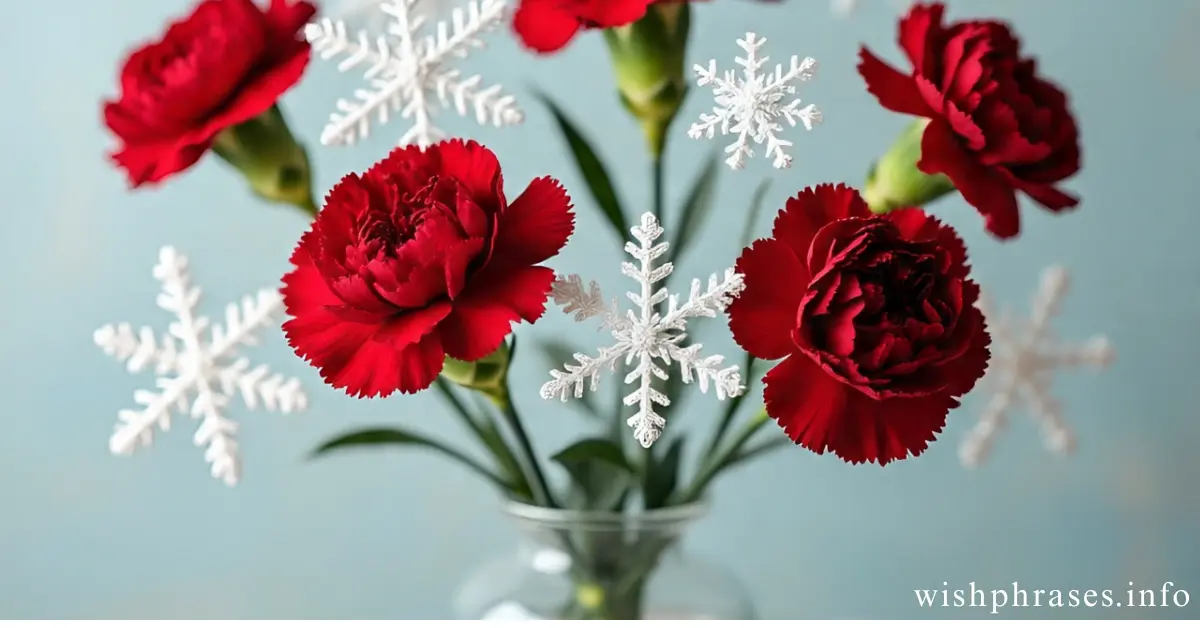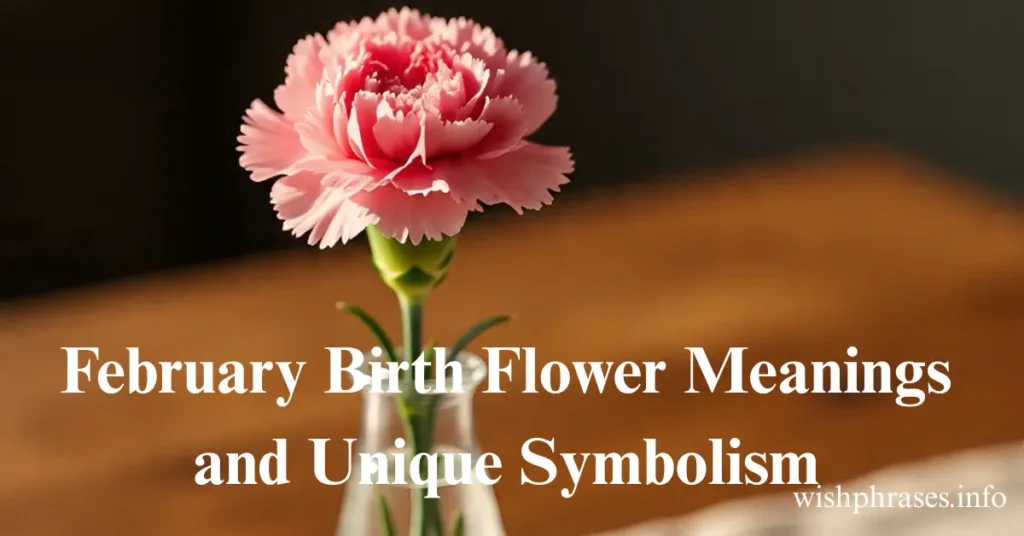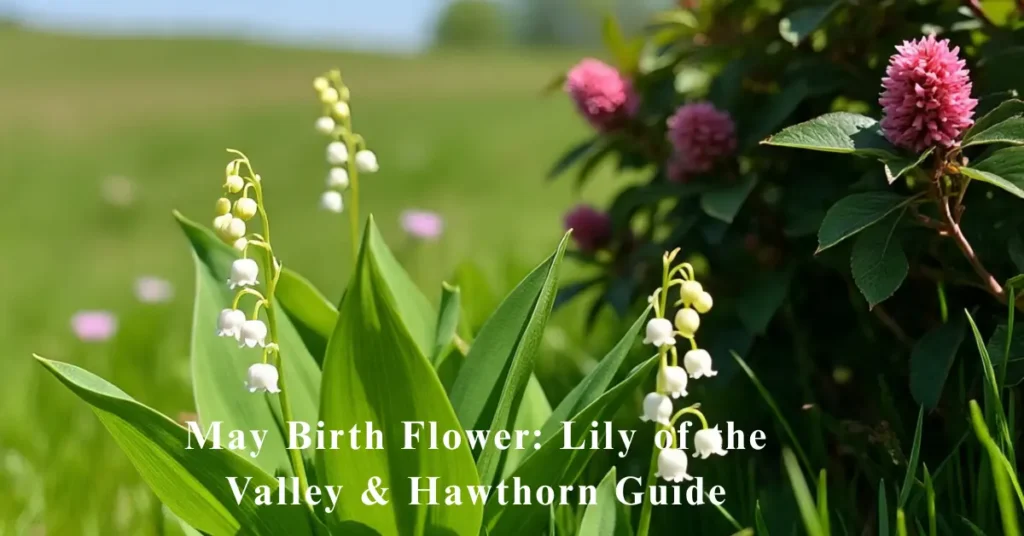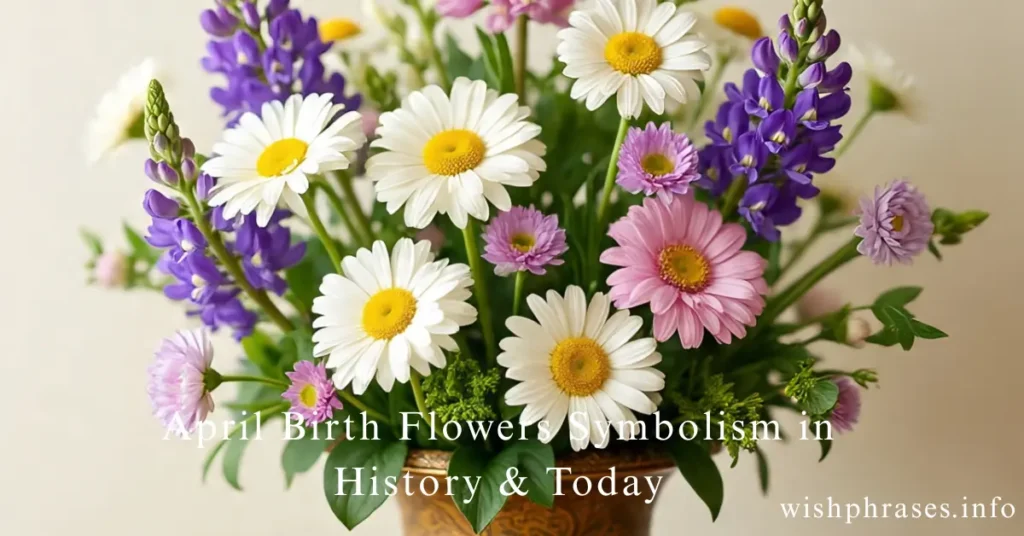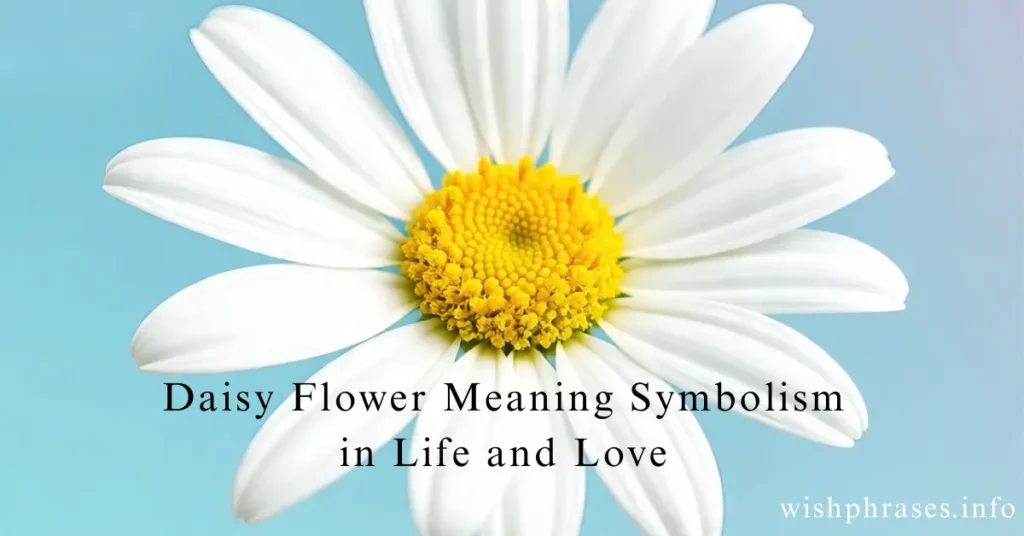Flowers have always carried deep meanings, and each month of the year is represented by blooms that reflect its spirit.
January birth flowers are the carnation and the snowdrop, two blossoms that thrive during the coldest days of winter.
While the rest of nature rests, these flowers bring warmth, resilience, and hope. From their histories to their symbolism,
cultural stories, and even modern expressions through tattoos, both carnations and snowdrops carry timeless beauty and meaning.
What Are the January Birth Flowers?
If you have ever wondered what is January birth flowers are, the answer lies in two beautiful blooms—the carnation and the snowdrop.
Together, these January birth flowers symbolize strength, compassion, and resilience during harsh winter months.
The carnation January’s birth flower has long been celebrated for its rich fragrance, history,
And role in global traditions, while the snowdrop January’s birth flower is admired for being the first delicate bloom to push through frost and snow.
The January flower symbolism connects both love and remembrance through carnations, and purity and hope through snowdrops.
This makes them meaningful gifts not only for birthdays but also for special life events during winter.
People often explore birth flowers by month, and January stands out because its two blooms capture both human emotion and nature’s promise of renewal.
The Carnation
Carnation History
The carnation flower history stretches back thousands of years. Native to the Mediterranean, the carnation was admired in ancient Greece and Rome, where it was used in garlands, art, and religious ceremonies.
Its Greek name, Dianthus caryophyllus, translates to “flower of the gods,” which reflects its sacred status in early cultures.
Over time, carnations spread across Europe, where they were cultivated for beauty, medicine, and even flavoring wine during the Elizabethan period.
The carnation arrived in America in the 1850s and became a cornerstone of the floral industry.
Within decades, new varieties were developed and widely used in celebrations.
The carnation state flower Ohio represents the deep bond this flower has with American culture, especially since it was chosen to honor President William McKinley, who was known for wearing a carnation in his lapel.
Carnation Meanings and Symbolism
The carnation meaning and symbolism are rich and varied. Across history, carnations have symbolized love, admiration, remembrance, and even rebellion.
For example, during World War II in the Netherlands, people wore white carnations to honor veterans, while in Portugal, red carnations came to symbolize freedom during the 1974 Revolution of the Carnations.
In Christian stories, the carnation flower in Christianity is tied to the Virgin Mary’s tears, leading to the belief that the pink carnation meaning represents a mother’s eternal love.
Carnations come in many colors, and each shade carries its own message. The carnation color meanings are often compared to those of roses, and they allow people to send symbolic messages without words.
| Carnation Color | Meaning |
| Light Red | Admiration |
| Dark Red | Deep Love |
| White | Innocence, Pure Love, Remembrance |
| Pink | A Mother’s Love, Affection |
| Purple | Capriciousness |
| Yellow | Disappointment, Rejection |
| Striped (any color) | Regret |
From the red carnation meaning of passion to the white carnation meaning of remembrance, every bloom tells a story.
This explains why carnations are used in so many traditions, from weddings to funerals, and why they remain one of the most popular flowers worldwide.
Carnations in the Garden
When it comes to growing carnations, gardeners value them for their resilience and beauty. There are two main groups: border or garden carnations, which grow up to 2 feet tall,
and perpetual flowering carnations, which are taller and bloom more frequently. These flowers thrive in well-draining, gritty soil enriched with organic matter, and they prefer bright sun with cooler temperatures.
Carnations in the garden can be grown as annuals or perennials depending on the climate.
As perennial flowers for January, they bring cheer even in cooler months, though they are less suited for hot southern climates.
They bloom best in midsummer but can last into cooler autumn days. Their popularity in both gardens and floral shops reflects the many carnation flower uses, from home décor to perfumes and herbal remedies.
The Snowdrop
Snowdrop History
The snowdrop flower history begins in Europe and Asia Minor, where this delicate white bloom was admired for pushing through snow when winter was still at its peak.
Ancient Greeks used extracts of the snowdrop for medicinal purposes, and over time, the flower spread through Europe, often linked with both healing and symbolism.
Many stories in snowdrop folklore describe the flower as a messenger of hope and endurance.
The snowdrop became tied to both pagan and Christian traditions. Among pagan flower traditions, it marked the end of winter and the beginning of spring.
In Christian flower symbolism, snowdrops were seen as signs of hope when an angel transformed snowflakes into flowers for Adam and Eve after they left the Garden of Eden.
Snowdrop Meanings and Symbolism
The snowdrop flower meaning revolves around hope, purity, and compassion. In many cultures, a single snowdrop blooming through snow became a sign of renewal and encouragement during dark times.
The term “snowdrop symbolism hope” is often used because this flower emerges when most others are dormant.
Still, the meaning of snowdrops is not only joyful. In earlier traditions, bringing a single snowdrop inside the home was believed to bring misfortune, as it was associated with graveyards.
These snowdrop flower myths show the dual nature of the bloom—both hopeful and mournful. Today, the snowdrop spiritual meaning is far more positive, focusing on new beginnings and the strength to endure.
Snowdrops in the Garden
As one of the earliest flowers that bloom in winter, snowdrops brighten up pathways and woodland settings.
Snowdrops in the garden are best grown in clusters, where their small white blooms create a striking effect.
For successful growth, planting snowdrops should be done in cool, well-drained soil, with bulbs planted in autumn before the frost sets in.
Gardeners value these flowers because they naturalize easily, meaning they spread on their own over the years.
One fascinating detail is that ants play a role in spreading their seeds, drawn by an oil-rich part of the seed.
These snowdrop gardening tips make them perfect for low-maintenance winter gardens and show why they are among the most reliable winter flowers for gardens.
January Birth Flowers Tattoo
Many people choose to carry their birth flowers with them permanently through body art.
A January birth flower tattoo combines the bold beauty of the carnation and the delicate charm of the snowdrop. Designs vary widely, from minimalist outlines to colorful, realistic renderings.
A carnation tattoo meaning often reflects admiration, love, and resilience, while a snowdrop tattoo meaning is linked to hope, innocence, and endurance.
Together, these designs embody the heart of January flower symbolism. Popular January birth flower tattoo ideas include single-stem designs, a mix of carnations and snowdrops, or tattoos combined with dates or names to personalize the meaning.
Because tattoos often serve as personal symbols, they reflect the deeper layers of flower tattoo symbolism and continue the legacy of expressing emotions through flowers.
December Birth Flower
The December birth flower is the narcissus, often joined by holly. Like January’s blooms, these flowers also thrive in winter but carry very different meanings.
The narcissus symbolizes rebirth and respect, while holly represents protection and festive cheer.
When compared with January birth flowers, December’s blooms feel more celebratory, while carnations and snowdrops bring a message of endurance and remembrance.
October Birth Flower
The October birth flower is the marigold, sometimes paired with the cosmos. These flowers carry fiery colors that symbolize creativity, warmth, and optimism.
Unlike the cold-weather January birth flower, October’s blossoms reflect the vibrancy of autumn.
Comparing the two highlights how flower meanings by month shift with the seasons, creating a rich monthly birth flowers chart that connects nature with human emotions.
May Birth Flower
The May birth flower is the lily of the valley, joined by hawthorn. These flowers symbolize sweetness, humility, and the joy of spring.
Where January flowers of the month bloom in harsh cold, May’s blossoms celebrate renewal and growth.
The contrast between them shows how birth flowers by month are tied to the seasons, with each bloom carrying its own role in the flower symbolism chart.
Final Thoughts on January Birth Flowers
The January flower of the month brings together two strikingly different blooms. The carnation birth flower reflects human emotions with its vibrant colors and messages of love, admiration, and remembrance.
The snowdrop stands for hope and purity, symbolizing new beginnings at the darkest time of the year.
Together, these January birth flowers remind us of resilience, beauty, and the promise of renewal.
Whether you choose to gift them as January birthday flowers, grow them as perennial flowers for January, or celebrate them through birth flower tattoo designs, the carnation and snowdrop both carry timeless messages.
By learning their histories, meanings, and symbolism, you embrace not only the beauty of these blooms but also their role in centuries of tradition, folklore, and faith.
Also Visit: February Birth Flower Meanings and Unique Symbolism
Conclusion
The January birth flowers, carnations and snowdrops, hold deep meaning and timeless beauty that make them special for anyone born in the first month of the year.
These flowers are more than just blooms; they represent resilience, love, purity, and hope during the coldest season.
The carnation January birth flower comes in many colors, each with its own symbolism, such as admiration in pink carnations, passion in red carnations, and innocence in white carnations.
On the other hand, the snowdrop January birth flower represents new beginnings, optimism, and the promise of brighter days.
Together, they form a perfect reflection of January’s spirit—strength in adversity and hope for renewal.
Whether admired in a bouquet, appreciated in the garden, or chosen as a January birth flower tattoo, these flowers continue to inspire people worldwide.
Embracing their symbolism adds meaning and beauty to life’s celebrations and personal expressions.

I specialize in On-Page SEO, optimizing websites with keyword-rich content, technical fixes, and smart strategies that boost rankings, improve user experience, and drive organic growth.

